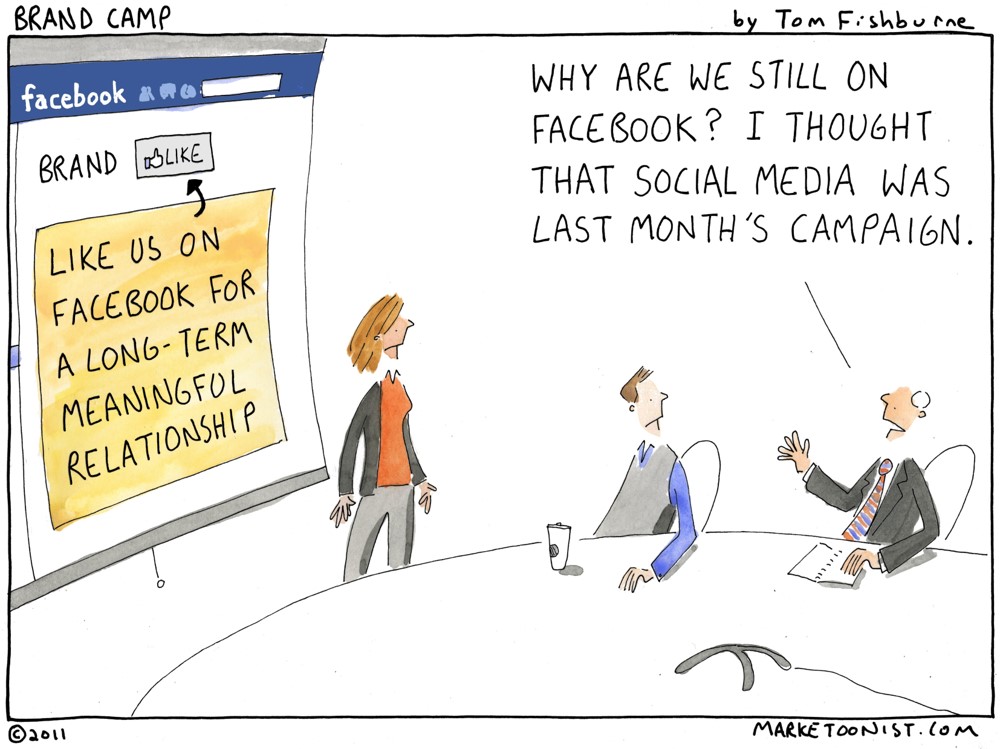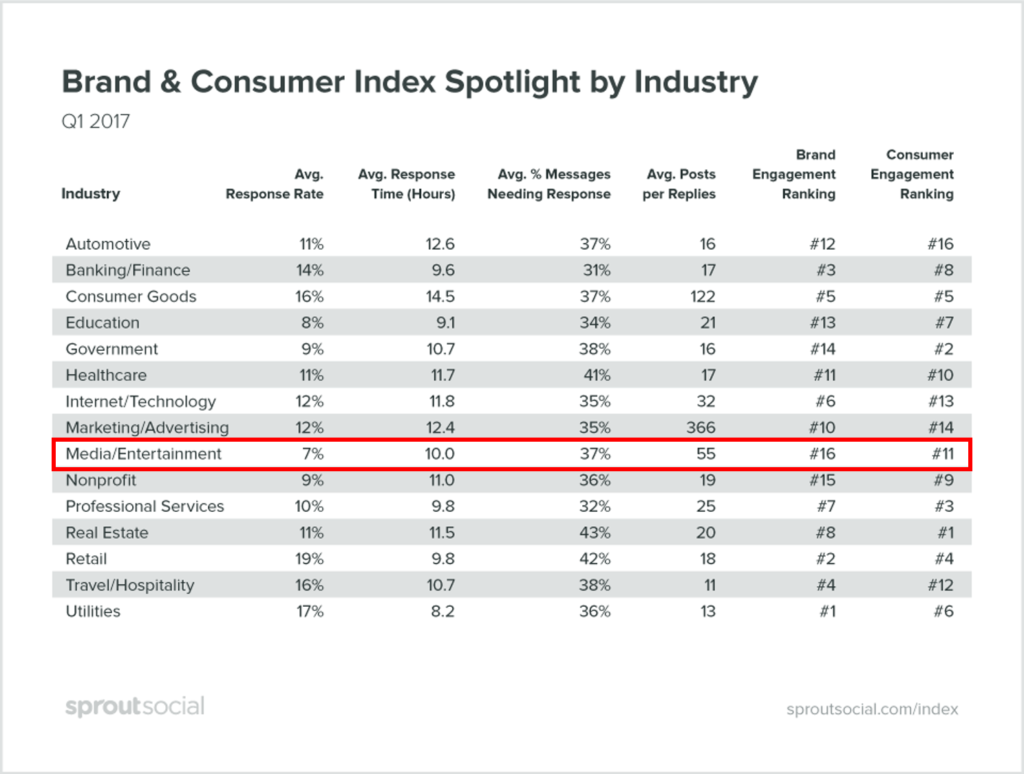
As long as social media has been around, there have been raging debates about the frequency and timing of social media posts. And for good reason. As algorithms have been tweaked, the ability for brands to be seen in the social space has lessened (short of buying social media ads).
But what about the messaging itself? It’s one thing to diligently post throughout the day on Facebook, Twitter, Instagram, and Snapchat. It’s another to truly connect with the audience you’re trying to reach socially.
The other key issue isn’t about what you post. At its root, social media is about engaging with other people. For brands, that means connecting with customers in ways radio has never been able to before. Techsurvey13 reveals the most frequent way in which listeners connect with their favorite stations is via Facebook. That speaks volumes when you consider that a decade ago, it would have been the request lines.
Now a new study from Sprout Social tackles the issue of social messaging and interactivity. They interviewed 1,002 online respondents this past April. The study is loaded with information and insights about the content of social media posts, messaging, and acknowledgment.
And on that last point, here’s the bad news: media and entertainment brands rank the lowest among all industry categories for responding to consumers.
They call it the Brand Engagement Ranking, a measure of how responsive companies are to the consumers that interface with them.
 While we’re so busy mandating the frequency of posts, media and entertainment outlets – and yes, you should lump radio into that category – turn out to be the worst offenders when it comes to responding to questions and inquiries from listeners. Media brands tend to more enamored with their own promotional and marketing agendas, and less interested in serving the social needs of their customers – the audience.
While we’re so busy mandating the frequency of posts, media and entertainment outlets – and yes, you should lump radio into that category – turn out to be the worst offenders when it comes to responding to questions and inquiries from listeners. Media brands tend to more enamored with their own promotional and marketing agendas, and less interested in serving the social needs of their customers – the audience.
Now, of course, some stations (and personalities) are better than others, fully realizing the import of responsiveness and connection. But at too many others, acknowledgment tends to be random, sporadic, or non-existent. You can blame some of this on staffing shortages, but the lack of effective social engagement strategies and policies in place is a contributor, too.
Interestingly, we’ve been asking about the value of social media acknowledgment the last few years in our Techsurveys. We call it in “The Lori Lewis Question,” and it’s a measure of the importance of acknowledgment in the social space.
And we’re learning that connecting with listeners is becoming increasingly more meaningful. This year, more than three in ten respondents who use social media tell us they’ll listen to a station more often that interacts with them socially. And that percentage continues to rise, led by women, younger generations, and non-whites.

Acknowledgment is hard work. A few years ago at a Jacobs Media Summit, one of our keynote speakers was “Dateline NBC’s” Josh Mankiewicz. This is a guy who makes it a point to interact with everyone who reaches out to him socially – and as you can imagine, he’s a pretty busy guy.
With more than 26,000 followers on Twitter, Josh is an acknowledgment animal – despite not owning a smartphone. And his following on Twitter is very active, punctuated by the “Dateline Divas,” a group of rabid, core followers who are clearly part of his brand success.
When asked at our Summit how he has the ability to connect with hundreds and hundreds of fans every day on Twitter while he’s doing his job, he shrugged and said, “I just make the time.” Understanding the importance of audience interactivity is the first step in making the commitment to always acknowledge.
BTW in the Sprout Social study, the industry with the best “Brand Engagement ranking? Utilities. And Retail does the best job of responding to consumer questions. Maybe it’s the fear that’s been instilled in them after years of competing with Amazon’s stellar customer service.
Tomorrow, we’ll look deeper into this revealing study to examine the nuances of specific messaging – especially tone and content. Because it’s not just about how often you post – it’s about what you post.
And we need to get better at this.
- In 2024, The Forecast Calls For Pain - December 23, 2024
- Old Man, Take A Look At My Ratings - December 20, 2024
- In The World Of On-Demand Audio, How Do We Define Success? - December 19, 2024




Thank you for sharing this. I read the entire study and have gotten some of my clients to act based on some of the piece’s findings. I won’t spoil some of the juicy parts since I bet you’ll highlight most of them tomorrow.
“Customer Service” is a massively important function in any business, but for years has been largely ignored in broadcasting (radio and TV) unless it means giving tickets to a client in order to close a deal. When it comes to the audience, most broadcasters don’t realize or understand the importance and absolute necessity of TWO-WAY Communications on Social Media, email, or other ways self-promotion or information is spit out to the world. The big thinkers see everything they do as a “broadcast”, being sent out to a bunch of people at once with no feedback loop. They don’t understand how little they know about customer engagement in 2017.
Let’s face it, most broadcasters, especially radio broadcasters, have no clue whatsoever about how to really use Social Media to build engagement and relationships, and how to translate those things into ratings. Since doing that might cost money, they probably never will care enough to do anything about that void. And that is inexcusable and shameful.
Mark, thanks for the comments and observations. Some companies are focusing on social – working with staffs to establish best practices. Many others – as you suggest – are taking a more random approach, and it shows in the Sprout Social stats. The good news is that their study goes deeper into smart social content strategies – and today’s post is a follow-up. Hope it’s helpful to you and others.